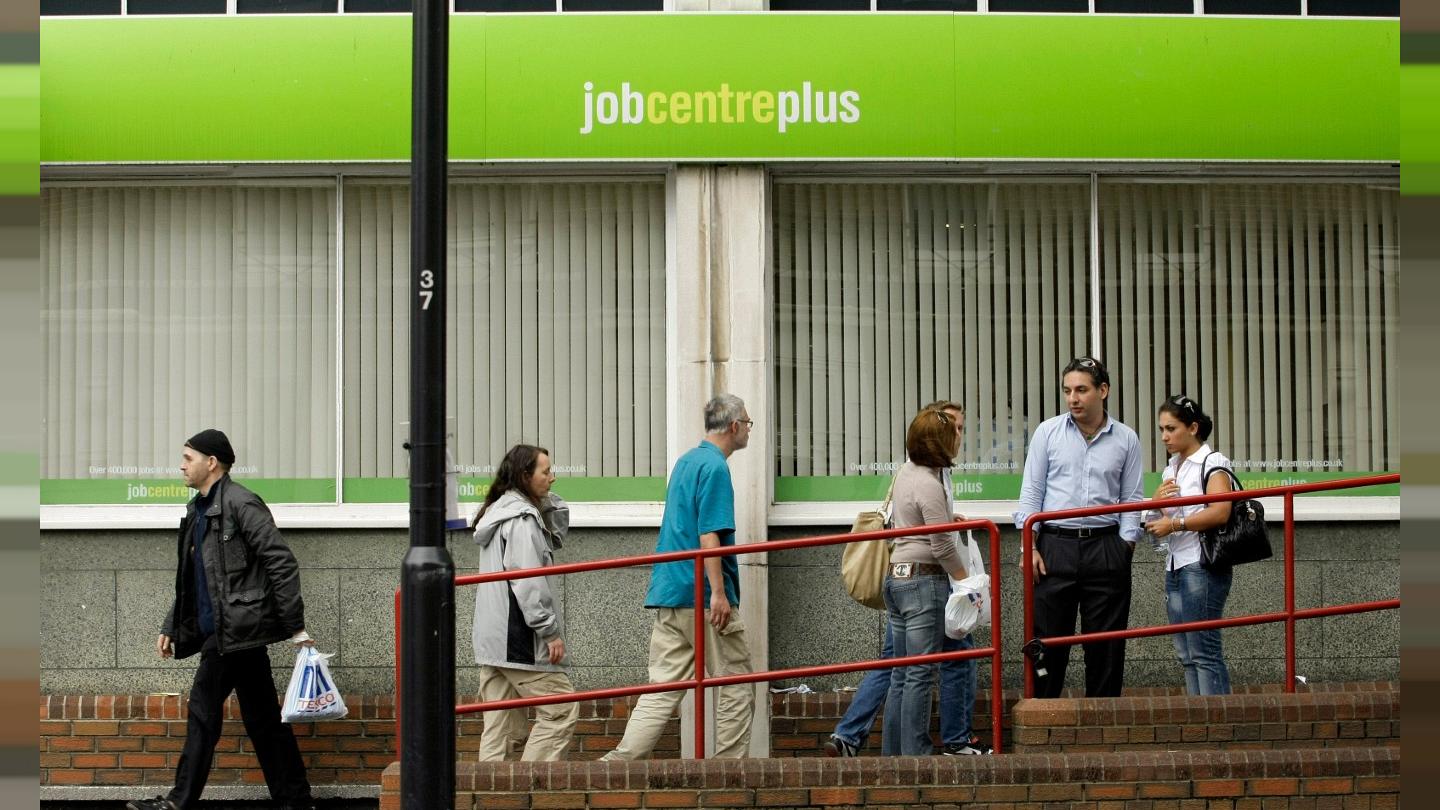UK’s job retention scheme cost £25BILLION so far

THE cost of the government’s furlough scheme has soared past £25 billion, new figures revealed yesterday.
It means 9.3 million jobs have now been propped up by the state since it was set up in March. The scheme, which pays 80 percent of salary costs for staff, rose £2.6billion this week from £22.9 billion the week before, according to data released by the Treasury and HMRC this morning. Additionally the support scheme for the self-employed rose to £7.7 billion, across 2.6 million claims.
[contfnewc] [contfnewc]
The furlough scheme will run until the end of October and from July 1 there will be greater flexibility for the scheme, allowing employers to bring back furloughed employees part-time.
Banks have also lent small businesses £29.5 billion-worth of 100 per cent state-backed loans, up about £1.5 billion pounds from the previous week.
Larger firms had received £11.1 billion from the government’s main lending scheme, with the biggest companies getting an extra £2.3 billion.
The data comes as new figures showed yesterday that the economy shrank by the fastest pace since 1979 in the first quarter of 2020.
Between January and March, the economy contracted by more than first thought, dropping 2.2 percent, the Office for National Statistics (ONS) has said.
Previously, the ONS found the economy shrank by 2 percent in the first quarter of the year – the fastest pace since the financial crisis in 2008.
It said the revision came after data now showed a record 6.9 percent plunge in March.
But with the Covid-19 lockdown only coming into force on March 23, the second quarter will show the full hit on the economy after the UK ground to a standstill.
Recent ONS figures showed the economy plummeted by 20.4 percent in April – the largest drop in a single month since records began.
Jonathan Athow, deputy national statistician at the ONS, said: “Our more detailed picture of the economy in the first quarter showed GDP shrank a little more than first estimated. This is now the largest quarterly fall since 1979.
“Information from Government showed health activities declined more than we previously showed. All main sectors of the economy shrank significantly in March as the effects of the pandemic hit.
“The sharp fall in consumer spending at the end of March led to a notable increase in households savings.”
Experts said the first quarter fall is likely to be followed by a double-digit decline between April and June, with the Bank of England expecting a 20 percent tumble.
The first-quarter figures show that the services sector – which accounts for around three-quarters of UK GDP – shrank by a record 2.3 percent.
All non-essential shops closed their doors from March 23 and were only allowed to reopen in England on June 14, while pubs and restaurants have had to remain shut until later this week.
The ONS said production output fell by a revised 1.5 percent in the three months, driven by declines in manufacturing as factories temporarily shut down, while there was a fall in construction output of 1.7 percent. It also revealed that household spending tumbled 2.7 percent or £9.5 billion in the largest ever fall as Britons stayed at home.
[contfnewc] [contfnewc]


